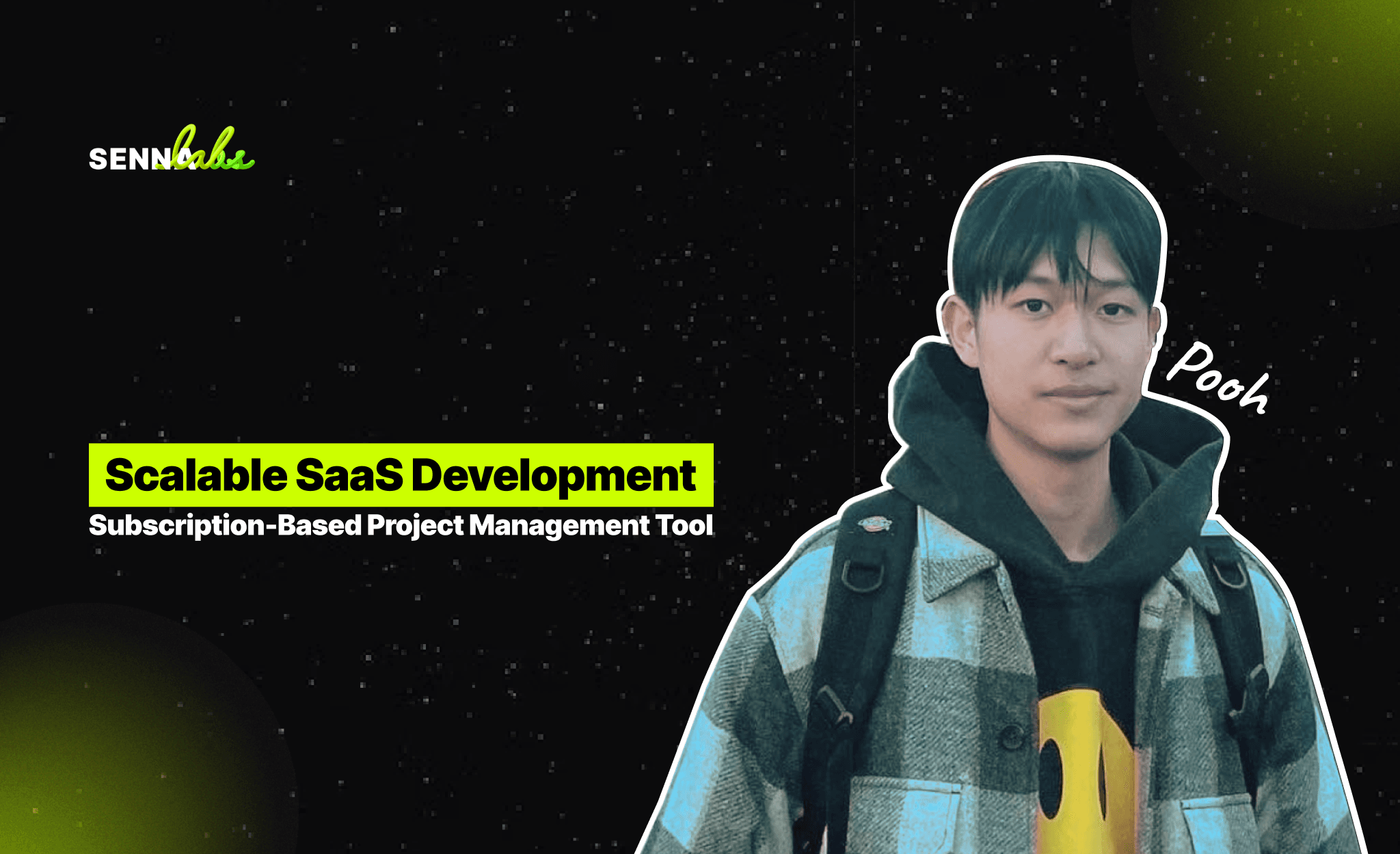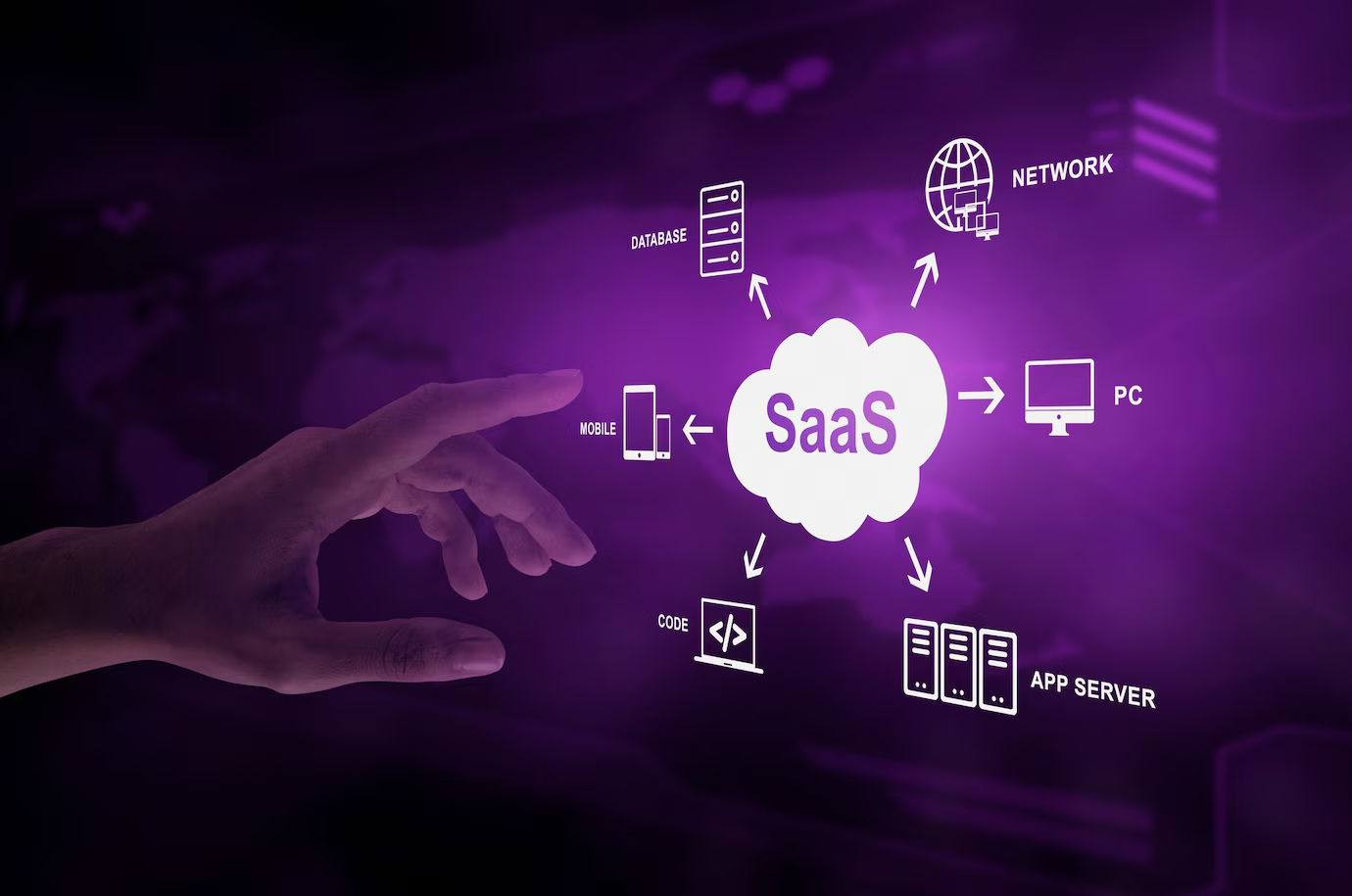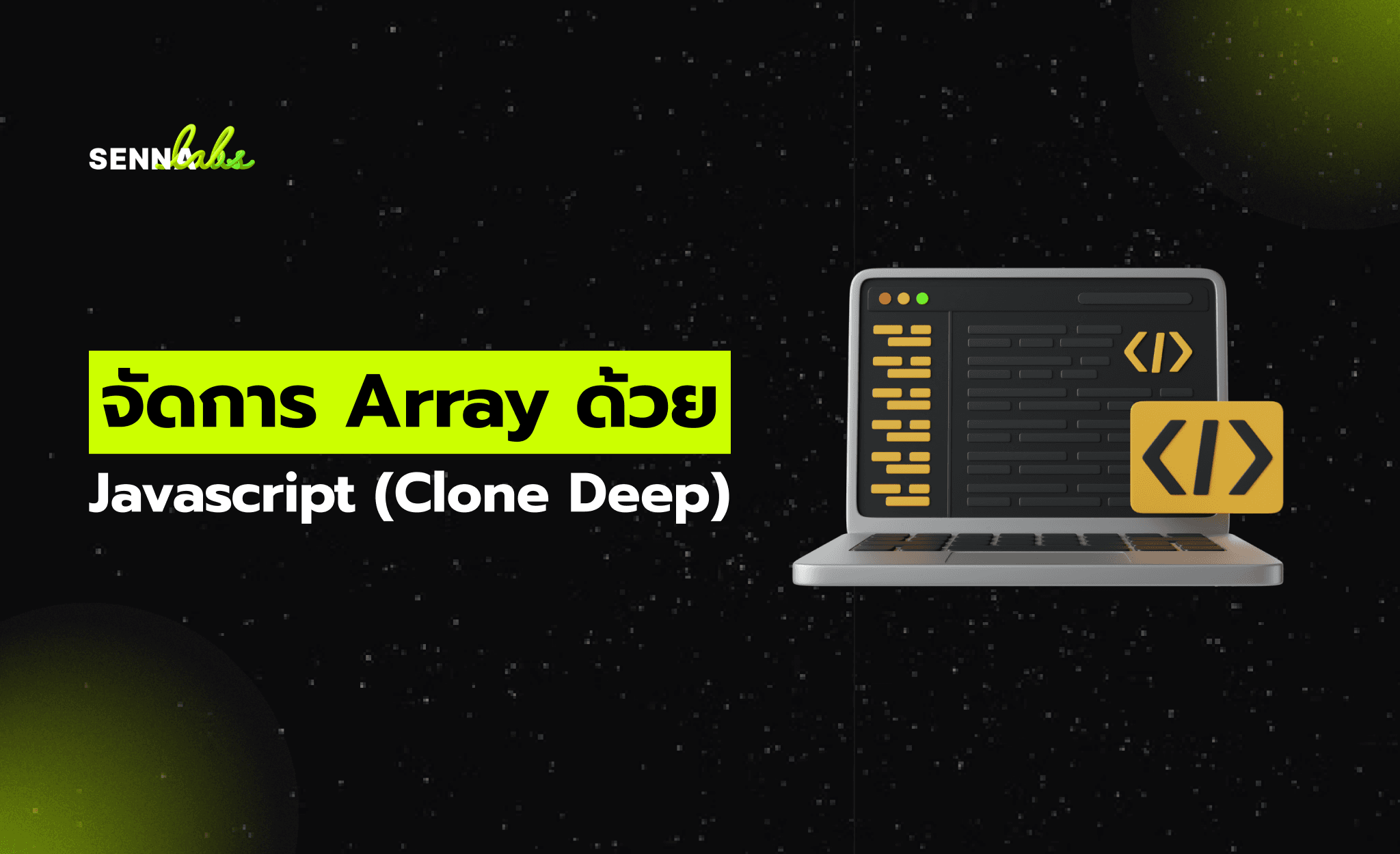Scalable SaaS Development: Subscription-Based Project Management Tool
Share

In today's fast-evolving business landscape, Software as a Service (SaaS) has become the go-to model for startups looking to deliver scalable, cost-effective, and easily accessible software solutions. SaaS enables businesses to provide software applications via the cloud, eliminating the need for complex on-premise infrastructure while offering flexibility, scalability, and recurring revenue.
A prime example of SaaS success is the subscription-based project management tool, which helps businesses and teams streamline workflows, enhance collaboration, and improve productivity. This article explores the key components of scalable SaaS product development, challenges startups face, and best practices for creating a subscription-based project management tool.

Why SaaS is Ideal for Startups
Startups often face budget constraints, limited resources, and the need for rapid scalability. SaaS eliminates traditional software barriers, enabling startups to deliver software efficiently while focusing on innovation and user growth.
Key Advantages of SaaS for Startups
-
Lower Development Costs – No need for physical infrastructure; cloud-based hosting reduces operational expenses.
-
Rapid Deployment – Software updates and new features can be rolled out without user intervention.
-
Scalability – Cloud-based platforms allow seamless expansion as the user base grows.
-
Recurring Revenue Model – Subscription-based pricing ensures predictable revenue streams.
-
Cross-Platform Accessibility – Web-based applications work across devices, improving user reach.
These advantages make SaaS the ideal software model for startups looking to develop products like project management tools that cater to evolving customer needs.
Core Features of a Scalable Project Management SaaS Tool
A subscription-based project management tool should be designed with scalability, flexibility, and user engagement in mind. Below are essential features to include:
1. Task & Workflow Management
-
Customizable task lists, kanban boards, and Gantt charts.
-
Automated task assignments and deadlines for efficiency.
-
Task dependencies and prioritization for structured project execution.
2. Team Collaboration & Communication
-
Real-time messaging and comment threads.
-
File sharing and document collaboration.
-
Integration with video conferencing and email platforms.
3. User Roles & Permissions
-
Role-based access control (RBAC) for teams and clients.
-
Admin dashboards for managing user permissions and data security.
4. Cloud-Based Storage & Data Security
-
Encrypted cloud storage for project files and documents.
-
Multi-factor authentication (MFA) and secure access management.
5. Automated Notifications & Reminders
-
Email and push notifications for deadlines, task updates, and team messages.
-
Customizable alerts based on user preferences.
6. Analytics & Reporting
-
Interactive dashboards with project progress tracking.
-
Performance metrics and workload distribution analysis.
7. Multi-Platform & Mobile Accessibility
-
Web, iOS, and Android support for seamless accessibility.
-
Offline mode for task management without an internet connection.
8. Integration with Third-Party Apps
-
API connectivity for tools like Slack, Google Drive, Trello, and Zoom.
-
Payment gateway integration for seamless subscription management.
Steps to Develop a Scalable SaaS Project Management Tool
Developing a scalable SaaS product requires a strategic approach, from planning and architecture to deployment and optimization.
1. Define the Product Vision & Target Audience
-
Identify pain points in existing project management solutions.
-
Define the unique selling proposition (USP) and key differentiators.
-
Research the target market and potential competitors.
2. Choose the Right Technology Stack
A well-chosen technology stack ensures scalability, security, and performance.
-
Frontend: React.js, Vue.js, or Angular for dynamic user interfaces.
-
Backend: Node.js, Python (Django/Flask), or Ruby on Rails for scalable APIs.
-
Database: PostgreSQL, MySQL, or NoSQL (MongoDB) for flexible data management.
-
Hosting & Cloud Services: AWS, Google Cloud, or Azure for cloud-based infrastructure.
3. Build a Multi-Tenant Architecture
-
Multi-tenancy allows multiple organizations to use the platform while maintaining data isolation.
-
Ensures efficient resource utilization and scalability.
4. Implement Subscription & Billing Management
-
Develop a subscription model (monthly, annual, enterprise plans).
-
Integrate Stripe, PayPal, or Braintree for payment processing.
-
Offer free trials or freemium models to attract users.
5. Develop an MVP (Minimum Viable Product)
-
Prioritize core features (task management, collaboration, analytics).
-
Release an MVP to gather early feedback and iterate improvements.
6. Ensure Security & Compliance
-
Implement role-based access control (RBAC).
-
Adhere to GDPR, CCPA, and ISO 27001 compliance for data protection.
-
Secure API endpoints with OAuth 2.0 authentication.
7. Optimize Performance & Scalability
-
Use microservices architecture to scale individual components.
-
Implement load balancing and auto-scaling to handle traffic spikes.
-
Optimize database queries for faster performance.
8. Continuously Improve with DevOps & CI/CD
-
Automate deployments with CI/CD pipelines (GitHub Actions, Jenkins).
-
Monitor system health using Prometheus, Datadog, or New Relic.
-
Collect user feedback and roll out regular updates and feature enhancements.
Challenges in SaaS Product Development & How to Overcome Them
While SaaS product development offers numerous advantages, startups face several challenges:
1. Scaling the Infrastructure
Solution: Utilize cloud-based auto-scaling solutions to accommodate growing user traffic.
2. Managing High Availability & Downtime
Solution: Deploy redundant servers, failover mechanisms, and real-time monitoring to ensure uptime.
3. Handling Subscription & Pricing Models
Solution: Offer flexible pricing tiers, including freemium, pay-as-you-go, and enterprise plans.
4. Ensuring Data Security & Compliance
Solution: Implement strong encryption, security audits, and compliance frameworks to build user trust.
5. Standing Out in a Competitive Market
Solution: Focus on unique features, superior user experience, and seamless integrations to attract customers.
Future Trends in SaaS Product Development
SaaS development continues to evolve with new technologies enhancing scalability and user experience.
1. AI-Powered Project Management
-
AI-driven task prioritization and workflow automation.
-
Smart suggestions based on team productivity patterns.
2. Low-Code/No-Code SaaS Platforms
-
Allowing businesses to customize and extend functionalities without coding.
3. Blockchain for Data Security
-
Decentralized data storage ensuring tamper-proof records.
4. API-First Development
-
Seamless integration with third-party tools and ecosystems.
5. Voice & Chatbot Integration
-
AI chatbots for automated task management and reminders.
Conclusion
Developing scalable SaaS products like a subscription-based project management tool requires strategic planning, scalable architecture, and a customer-centric approach. By integrating cloud-based infrastructure, subscription models, security compliance, and automation, startups can create a powerful, flexible, and growth-ready SaaS solution.
With the right development strategies, continuous innovation, and performance optimization, startups can scale their SaaS products effectively, ensuring long-term success in an increasingly competitive software landscape.

Share

Keep me postedto follow product news, latest in technology, solutions, and updates
Related articles
Explore all


